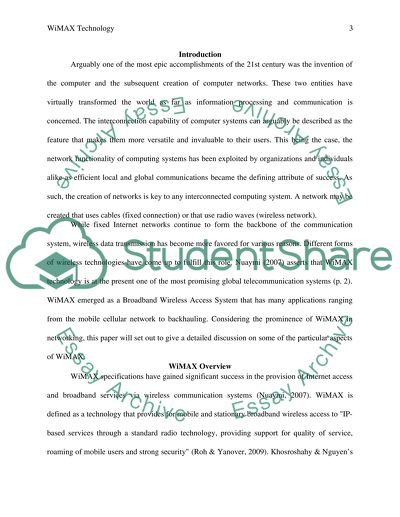Cite this document
(“Introduction to WiMAX Technology Research Paper”, n.d.)
Introduction to WiMAX Technology Research Paper. Retrieved from https://studentshare.org/information-technology/1696921-introduction-to-wimax-technology
Introduction to WiMAX Technology Research Paper. Retrieved from https://studentshare.org/information-technology/1696921-introduction-to-wimax-technology
(Introduction to WiMAX Technology Research Paper)
Introduction to WiMAX Technology Research Paper. https://studentshare.org/information-technology/1696921-introduction-to-wimax-technology.
Introduction to WiMAX Technology Research Paper. https://studentshare.org/information-technology/1696921-introduction-to-wimax-technology.
“Introduction to WiMAX Technology Research Paper”, n.d. https://studentshare.org/information-technology/1696921-introduction-to-wimax-technology.


